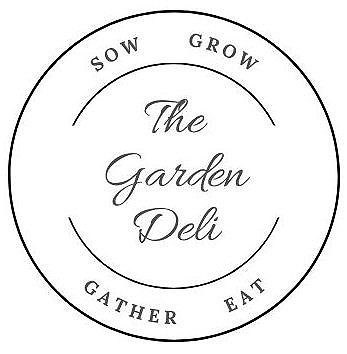A wildlife-friendly kitchen garden
Is it possible to have a kitchen garden that is both productive and wildlife friendly?
If you read many of the gardening magazines, you might think that vegetable growers are in constant battle with garden wildlife. From slugs and snails to rabbits and deer, there is a whole spectrum of creatures out there just waiting for the chance to help themselves to our tender, tasty crops. But in a time when habitat loss and climate change are threatening bees, butterflies and hedgehogs, is it possible to embrace garden wildlife and still produce a harvest worth the effort of growing your own? Short answer… ‘yes’!
Go pesticide-free
The first step in creating a wildlife friendly garden of any kind is to get rid of the chemical pesticides. No matter what it says on the packaging, these chemicals kill both the pests they’re targeting and beneficial insects too. And when the insect populations start to recover after a pesticide blitz, it tends to be the pest species that build up their numbers faster. Which means you could end up with a whole lot more greenfly and no ladybirds to help manage their numbers.
Look after your soil
Keeping your crops growing healthily will help them shrug off some of the pest damage and diseases. The easiest way to do this is to ensure the soil is in tip top condition. We’re learning more all the time about the complexity and importance of the soil ecosystem. It’s estimated that a single teaspoon of healthy soil can contain around 10,000 different species. And all those bacteria and fungi are cycling nutrients in the soil and converting them into a form that plant roots can take up. They’re the base of the soil food web too, feeding larger soil-living creatures that are essential to healthy soil.
Build your soil by adding organic matter - homemade compost or well-rotted manure are both good. And minimise digging. It saves time and means you aren’t disturbing those all-important microbial communities who are busy building good soil structure.
Plant for pollinators and predators
Flowers are a beautiful addition to any garden. Choose the right ones and you’ll attract bees, hoverflies, butterflies and other pollinators to your kitchen garden. And while they’re feeding on the nectar and pollen, they’ll be pollinating your courgettes, strawberries and broad beans. Predatory insects like ladybirds and hoverflies are also attracted by flowers and are natural predators of aphids.
Annual flowers like calendula, cornflowers, borage and nasturtiums are all great to plant for the insects, while having the added benefit of being edible. Add them to salads or use them to decorate cakes and cocktails.

